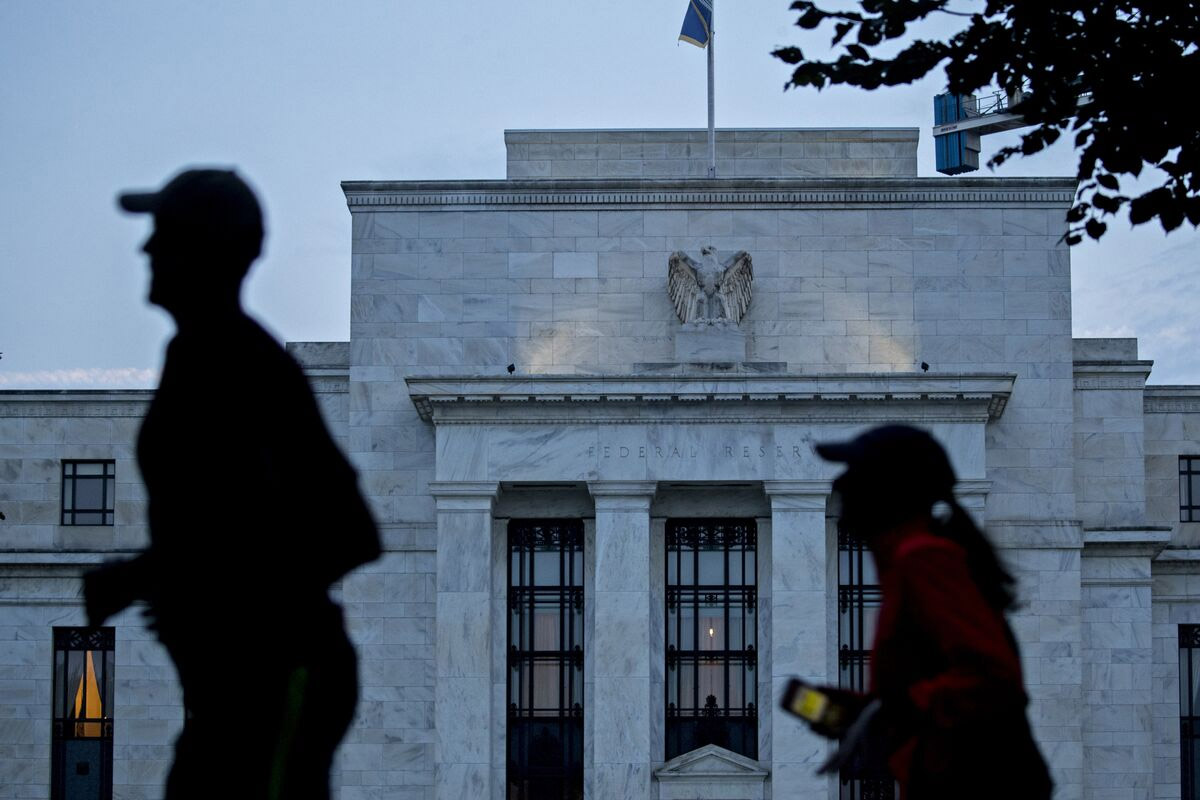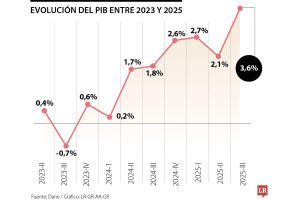The US Federal Reserve and its vast global audience thought 2024 would be a rate-cut bonanza. But with price inflation proving much stickier than almost anyone predicted, those expectations are fading fast. Fed Chair Jerome Powell confirmed as much on April 16, when he signaled that policymakers would wait longer than previously anticipated to cut rates following a series of surprisingly high inflation readings.
Traders now see just one or two rate cuts happening this year. That’s a big letdown from the roughly six they expected to start the year and the three that Fed officials penciled in as recently as March. Some investors and economists say there’s a chance of no cuts at all this year.
The delay in easing monetary policy — and keeping rates “higher for longer” — has big implications for the US economy. It’s also reverberating around the world.
1. What’s keeping inflation elevated?
When inflation peaked above 7% in 2022, it reflected a broad-based increase in the price of goods and services. But now, with inflation back below 3% overall, price increases are being driven mainly by a persistent shortage of housing. Commodity prices and car insurance premiums are also contributing to the stickiness keeping inflation above the Fed’s 2% target.
Some also point to Powell himself for prematurely telegraphing interest-rate cuts, which ignited optimism in financial markets and fueled economic activity. Here’s a closer look at each of those factors:
- Shelter, which accounts for about a third of the consumer price index, has proved the most stubborn category. Despite some timelier measures from the Bureau of Labor Statistics, Zillow Group Inc. and Apartment List that show rent growth for new leases coming down, the corresponding components in the CPI have yet to reflect that.
- Energy prices — specifically oil — climbed in the first quarter after falling for much of last year. An escalation in the war in the Middle East threatens to push them even higher. The rally has translated to more expensive gasoline. Electricity prices have also climbed. Although central bankers prefer to look at so-called core measures of inflation that strip out energy prices because of their volatility, the surge in the price of oil and other raw materials has proved impossible to ignore, because it can manifest in costlier shipping and merchandise.
- Insurance costs are another driver of high inflation. Tenants’ and homeowners’ insurance is rising at the fastest rate in nine years, while auto insurance skyrocketed 22.2% in the year through March, the most since 1976. A key reason: Cars are more technologically complicated now and therefore cost more to repair.
- Powell spurred big market bets on rate cuts by saying in December that cuts were “clearly” a topic of discussion at the Fed. The comments’ effect was equal to lowering interest rates by 0.14 percentage point — and also will add about a half percentage point to the CPI this year, according to Anna Wong, chief US economist at Bloomberg Economics. Now Powell “is entertaining the possibility that disinflation has indeed stalled, and that the bar for cutting rates may have increased,” Wong said. “That raises the risk that there won’t be a rate cut this year, if the unemployment rate is little changed from today.” (The current 3.8% rate is low by historical standards.)
2. What are the domestic implications of “higher for longer” rates?
The Fed’s benchmark rate affects borrowing costs across the rate spectrum. Powell’s signaling that the Fed might hold the rate at the current level of 5.25% to 5.5% for longer means that loans for home and car purchases will continue to be much more expensive than they were before the Fed started raising rates in 2022.
Indeed, average mortgage rates in the US climbed past 7% this week for the first time this year. The cost of financing has hindered recent momentum in the housing market as prospective buyers move to the sidelines until financing costs ease. Also, inventory remains low because so many homeowners don’t want to give up the cheap mortgages they got when benchmark rates were near zero. That’s helping to keep listing prices high.
3. How does Fed policy affect the rest of the world?
For the central bank chiefs gathering from around the world in Washington for the spring meetings of the International Monetary Fund and World Bank this week, Powell’s latest pivot created a quandary. If the likes of the European Central Bank, Bank of England and Reserve Bank of Australia move ahead with their own easing cycles, that risks driving down their currencies — raising import prices and undermining progress in getting inflation down. But not easing could risk lost growth.
The ECB, for its part, is plotting a first cut at their June meeting. The BOE pivot to rate cuts is likely to take longer, with traders pricing the first reduction in the fall. Officials at the Bank of Canada, which is getting close to cutting rates, have said there are limits to how far and how fast it can move without getting a clearer sign from the Fed.
“The risk is, the longer we see these big central banks waiting to cut rates, the bigger the risk to the underlying economy,” Lucy Baldwin, global head of research at Citigroup Inc., said on Bloomberg Television.
Higher for longer keeps the dollar strong against other currencies, because the prospect of persistently lofty US rates makes investment in US securities more appealing on a relative-value basis, causing the greenback to appreciate. So with every tick higher in the dollar, things gets tougher for developing economies — especially for those that have dollar-denominated debt that becomes more expensive to pay back as their home currency weakens.
Bank Indonesia already had to raise rates in October after an extended bout of currency weakness. The central bank said it intervened in currency markets in the wake of the rupiah weakening beyond 16,000 for the first time in four years. For countries from Malaysia to Vietnam, economists now expect fewer rate cuts. For Malaysia this comes as its output data suggest the economy is regaining momentum. The Vietnamese central bank has had to sell dollars as well to prop up its currency.
The Reference Shelf
- Bloomberg Opinion columnist Marcus Ashworth writes that the strength of the dollar risks fracturing global trade and that it’s time to retire the 2% Fed inflation target.
- Bloomberg Intelligence analysts now expect a half-point of US rate cuts this year, down from a full-point forecast previously.
- A Bloomberg Businessweek article explores why hotter-than-expected rent prices in the first few months of the year are a big reason the Fed is hesitant to cut rates.







